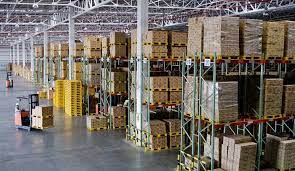Restaurant owners and managers are coping with unprecedented employment challenges that require their attention. The “great resignation” of employees, combined with more than 800,000 American lives lost to the pandemic, have left businesses in the service industry searching for replacement employees.
Many restaurants are hiring servers, bartenders and wait staff who have not previously worked in the hospitality industry. For these employees, there is a learning curve to navigating their new workplaces.
If their experience with restaurants had previously only been dining in them as patrons, they might be surprised by the labyrinth of food storage areas and food prep spaces hidden behind the public area. They might also be taken aback by how slippery and hazardous the floors in those spaces can be due to the grease used in the cooking and frying; the soap used to clean the dishes and cooking surfaces; and even from the material used in the floors themselves.
Each year, more than 1 million patrons and 3 million food service employees are injured in restaurants because of slips and falls. No matter what you might have seen on those “funny video” television shows, slips and falls are no laughing matter. They can result in injuries that include head trauma, broken bones, hip fractures, lacerations, spinal injuries, and extreme burns from stoves or hot food. All of these injuries can lead to chronic, lifelong pain and suffering. The restaurant industry spends more than $2 billion on these injuries annually, the rate of which increases 10% each year.
To minimize the risk of slips and falls in restaurants, install slip-resistant, high-traction flooring materials when expanding or remodeling existing restaurants or when building new restaurants. Be mindful of the flooring material’s coefficient of friction (COF). A COF of .60 signifies excellent friction; a COF of .50 is adequate friction; and a COF of .40 means that caution is required when walking on the surface.
Incorporate specialized kitchen-safety floor mats that are constructed of a grease-proof material. The surface is designed with drainage holes that channel spilled liquid and food to flow through the mat and away from the surface.
Add brush-tip mats to entrances to sweep dirt and debris from visitors’ shoes and boots. Place additional, highly absorbent mats at building entrances, when the weather is rainy or snowy. Also, encourage employees to wear professional-grade, non-slip footwear.
As a restaurant owner or manager, it is up to you to keep your guests, patrons and employees safe. Learn more from the accompanying resource.




